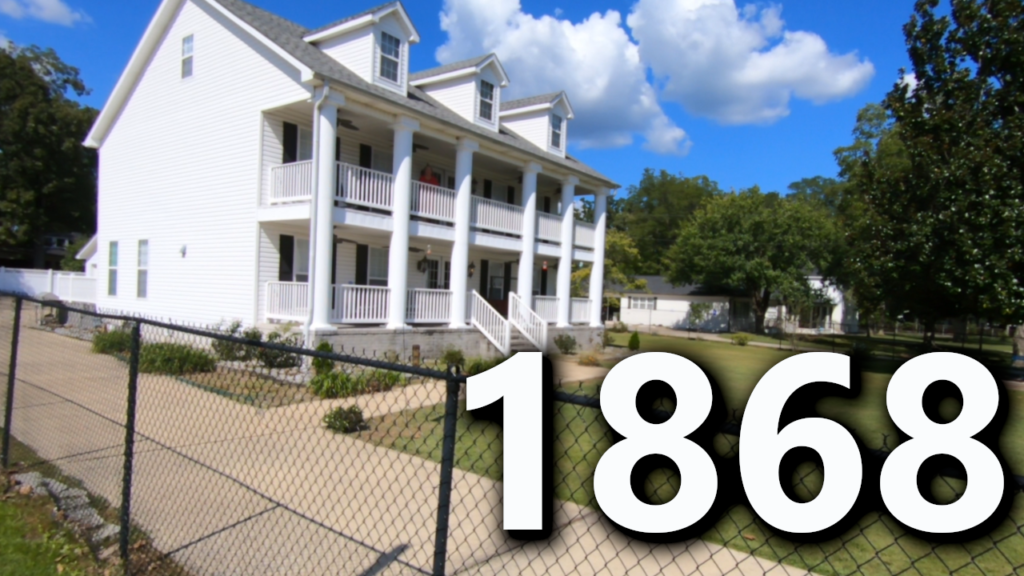
Click here to see my latest short film where I explore a town founded in 1868!
Today’s micro adventure takes us to the beautiful Southern city of Clanton, Alabama, founded in 1868.
According to the Encyclopedia of Alabama:
Early History
The first seat of Chilton County was located in the town of Grantville, named for Union general and U.S. president Ulysses S. Grant. The Grantville courthouse burned in 1870, and the seat was moved to Goose Pond, which was founded sometime in the late antebellum years on the route of the Louisville and Nashville Railroad. The town was renamed Clanton in 1871 to honor Brig. Gen. James Holt Clanton, a veteran of the Mexican War and the Civil War, in the years when Democrats began to take control of the state from Reconstruction Republicans. Alfred Baker, son of early pioneers, was instrumental in the development of both Clanton and Chilton County. During his brief stint as a Republican in the legislature (he later became a Democrat), Baker helped write legislation creating Baker County in 1868, which was renamed Chilton County in 1874. Baker had numerous business interests in Clanton, including stores, a stable, a storehouse, and a hotel, and he also donated land for the courthouse. A brick courthouse was constructed in 1896; it burned in 1917 and was rebuilt in 1918. The present courthouse was built in 1960-61.
Construction of Lay Dam
The town prospered in the early decades of the twentieth century from the construction of the Lay Dam and Mitchell Dam hydroelectric projects and later from the arrival of the textile industry, which boosted the local population and boomed during World War II. During the Great Depression, a Civilian Conservation Corps (CCC) camp was established in the town whose participants engaged in soil conservation programs, such as building retention ponds and drainage ditches. The CCC camp was repurposed in May 1943 to house German and Italian prisoners of war. It closed in September 1945. Clanton is well known for its 120-foot high, 500,000-gallon water tower constructed and painted in the shape of a giant ripe peach, which celebrates the importance of the peach industry to the county; it was built in 1994.
